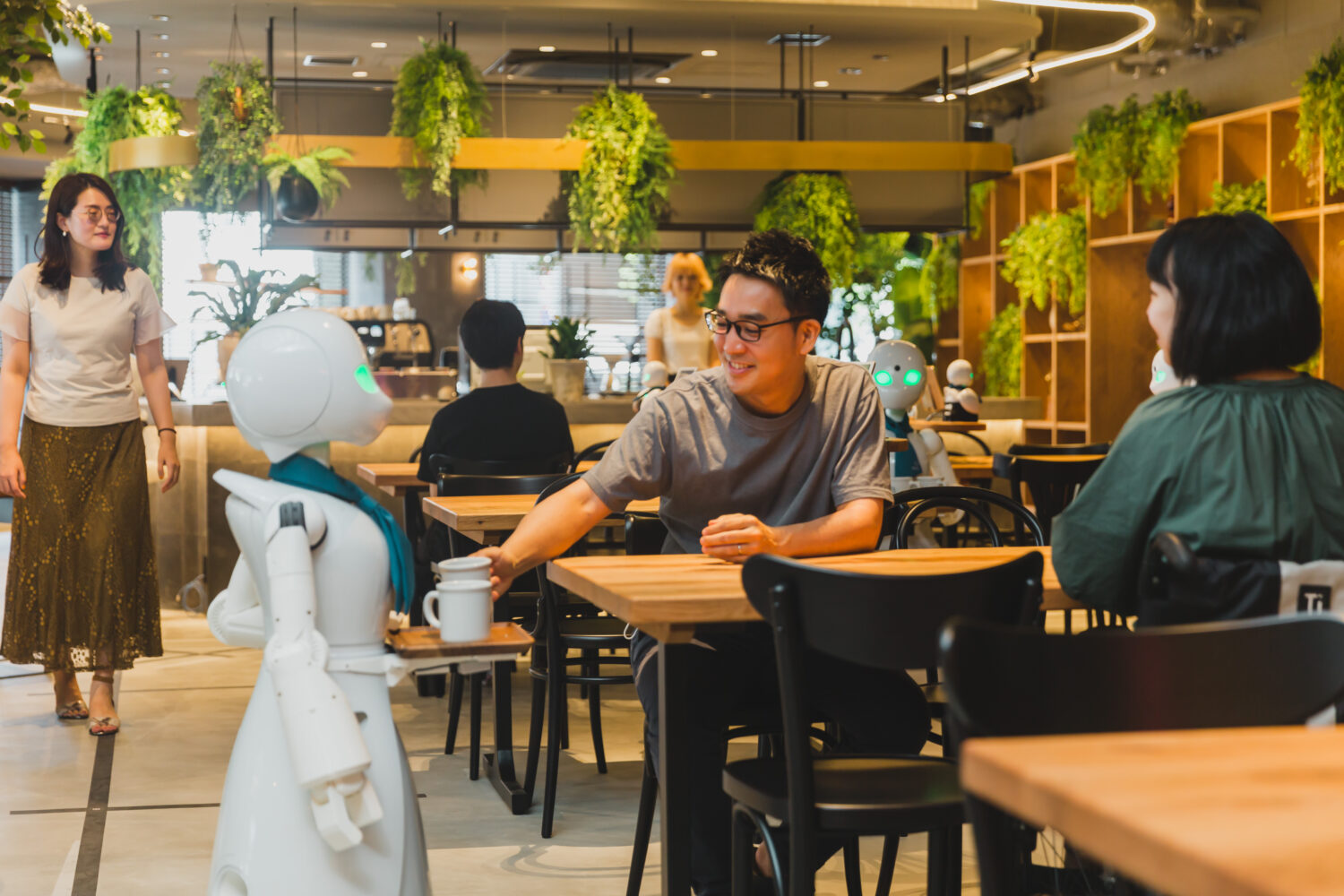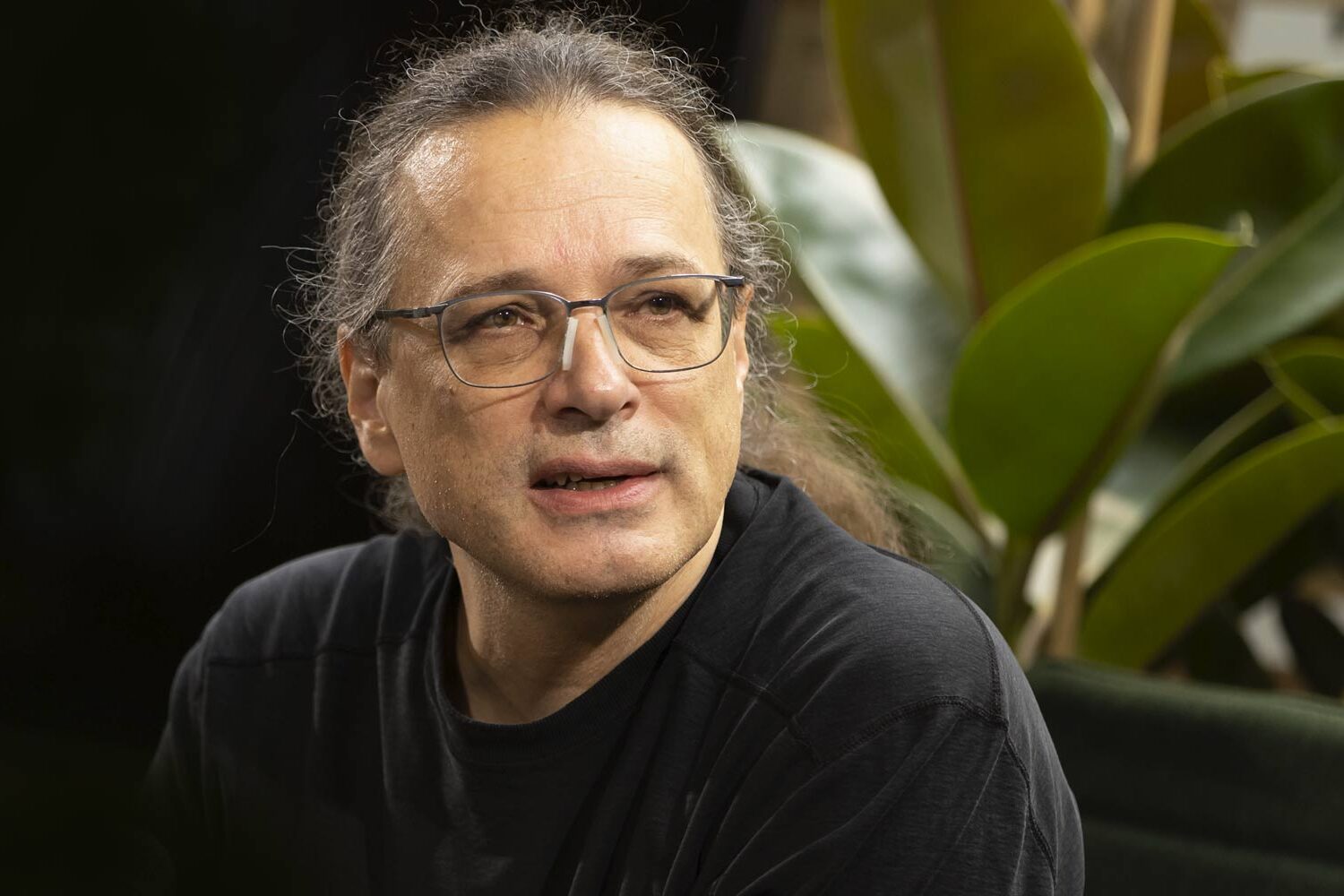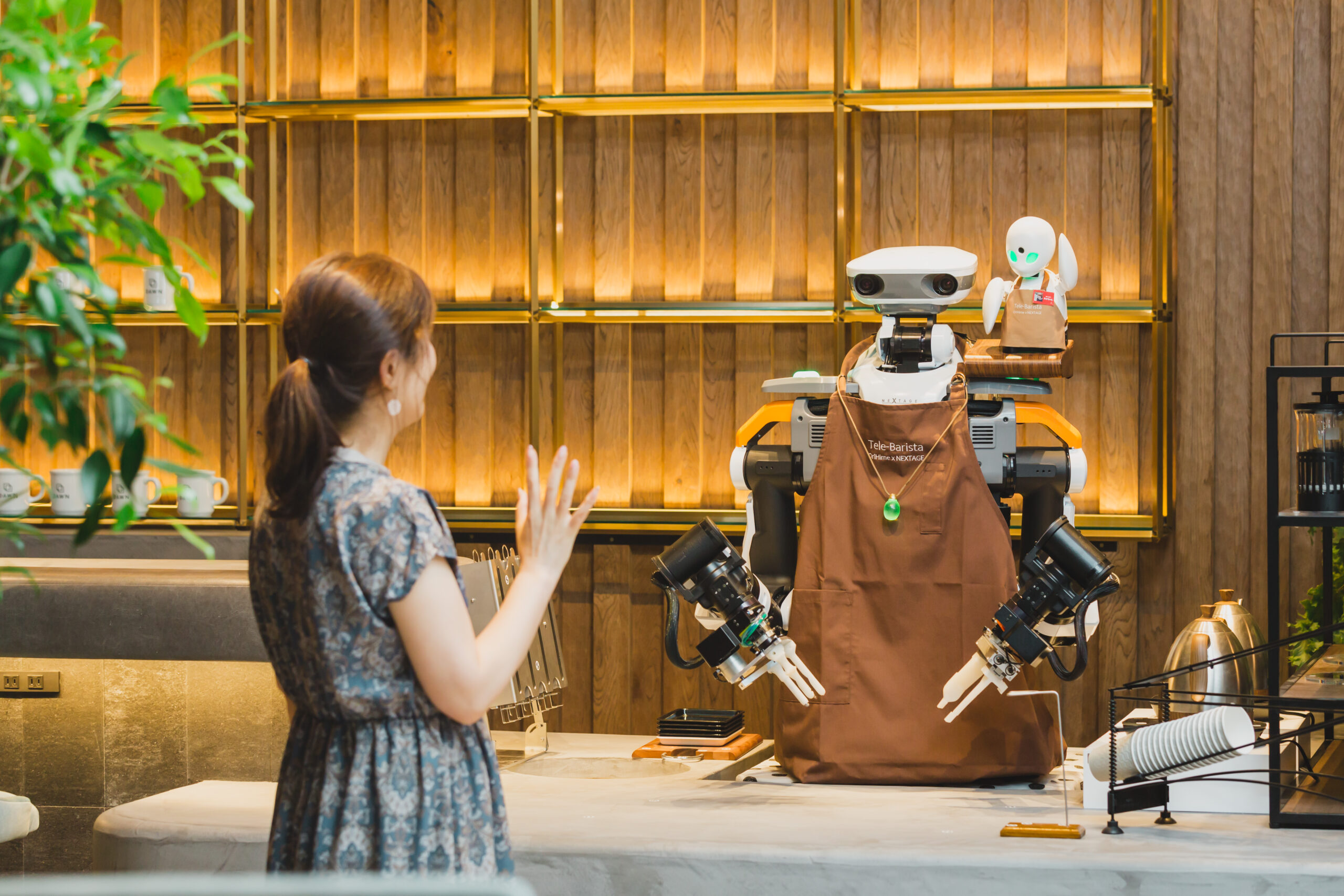Ars Electronica has been doing pioneering work since 1979—building bridges between disciplines, serving as a platform for new alliances, and providing impetus for an open, inclusive dialogue about our future. In collaboration with artists from around the world, we realize and present projects that challenge conventions and anticipate developments.
For this series, we are asking members of the Ars Electronica team to delve into our archive—the world’s largest of its kind—and select a project that has personally touched, inspired, or provoked them, and to tell us why this project is relevant today. Together, we will embark on a journey to milestones of the so-called digital revolution. Milestones that were cutting edge.
In the first issue, Gerfried Stocker, artistic director of Ars Electronica, provides insight into an artistic project that makes the vision of dignity and social connectedness the driving force behind technological innovation.
Gerfried Stocker, welcome to “Cutting Edge,” our series on outstanding art projects. You visited the Ars Electronica Archive and brought us one of your favorite projects. Which one?
Gerfried Stocker: Selecting a single project from such a huge archive on the history of media art is, of course, madness and basically impossible. There are so many incredible projects. In the end, however, I decided on “Avatar Robot Café” by Ory Yoshifuji from 2018.
Tell us what this project is about.
Gerfried Stocker: At first glance, it looks like a technical gimmick—robots taking orders, making coffee, and serving guests in a café in Tokyo. But if you look closer, you see a deeper meaning: it’s about people who want to work, feel needed, and do something for others, but can’t because of serious physical limitations—like amyotrophic lateral sclerosis (ALS)—that keep them from leaving their homes. The Robot Avatar Café therefore turns them into “pilots” who control their robots “OriHime” and “OriHime-D” from a distance. This allows them to participate in the work process, interact with other people, and be part of a team. The robots do not act autonomously; they are the extended arm, the senses of their pilots.
Why is this project so outstanding?
Gerfried Stocker: The Avatar Robot Café is a concrete example of how technology can help overcome social barriers and build bridges where walls once stood. What makes this project so outstanding to me is that it understands and uses technology as a means of strengthening human connection. The robots in the Avatar Robot Café are not intelligent machines designed to replace us – on the contrary, they are avatars that only function through the presence, attention, and control of their human “pilots.”
These robots were not simply developed for people with disabilities, but together with them – taking cultural contexts and real needs into account. This is evident not only in their design, but also in their operating system: it is so versatile that almost any option can be integrated – using the eyes, chin, mouse or smartphone.
What particularly strikes me about the Avatar Robot Café is not the technology itself, but the impulse behind it: technology as a useful and meaningful tool for people. It’s about participation, dignity, and the deep human need to be needed. This is precisely where this project touches on something that we as a society so often lose sight of: togetherness. This café is not a showroom for technology—it is a social space for resonance. And that is precisely why it is so significant.

As you said at the beginning, this project was implemented in 2018. How is it relevant today?
Gerfried Stocker: Precisely because this project was already implemented in 2018, it is now even more impressive. We are currently in a period of massive upheaval—technologically, socially, and politically. The question of how we deal with digitalization is not and never has been a technical one. It always concerns our self-image—as a society, as individuals, and as fellow human beings.
The Avatar Robot Café is not just a clever technological idea, but a deeply human statement. It shows how technology can overcome social isolation by reintegrating people who are excluded due to illness or other circumstances into an active life. And that is more urgent today than it was seven years ago. Because we are faced with a choice: Do we continue to allow technology to divide, replace, and control us? Or do we finally design it in such a way that it connects, supports, and strengthens us? This decision must not be left to corporations or their algorithms—it is up to us.
Incidentally, this is precisely where this project touches on the core of what Ars Electronica is all about: artistic thinking and action in times of change and the responsibility to understand technology as a tool for humane coexistence. Especially now, when authoritarian forces are becoming louder again and the law of the jungle seems to be coming back into fashion, projects like this are needed. The Avatar Robot Café shows us that humanity must not be a side effect of progress, but its goal.
Gerfried Stocker – thank you very much!
Discover even more projects from over 40 years of Ars Electronica in our archive.

Gerfried Stocker
Gerfried Stocker is a media artist and an engineer for communication technology and has been artistic and managing director of Ars Electronica since 1995. In 1995/96 he developed the groundbreaking exhibition strategies of the Ars Electronica Center with a small team of artists and technicians and was responsible for the setup the Ars Electronica Futurelab. He is overseeing the developments of the various programs of Ars Electronica in Linz as well as internationally.
